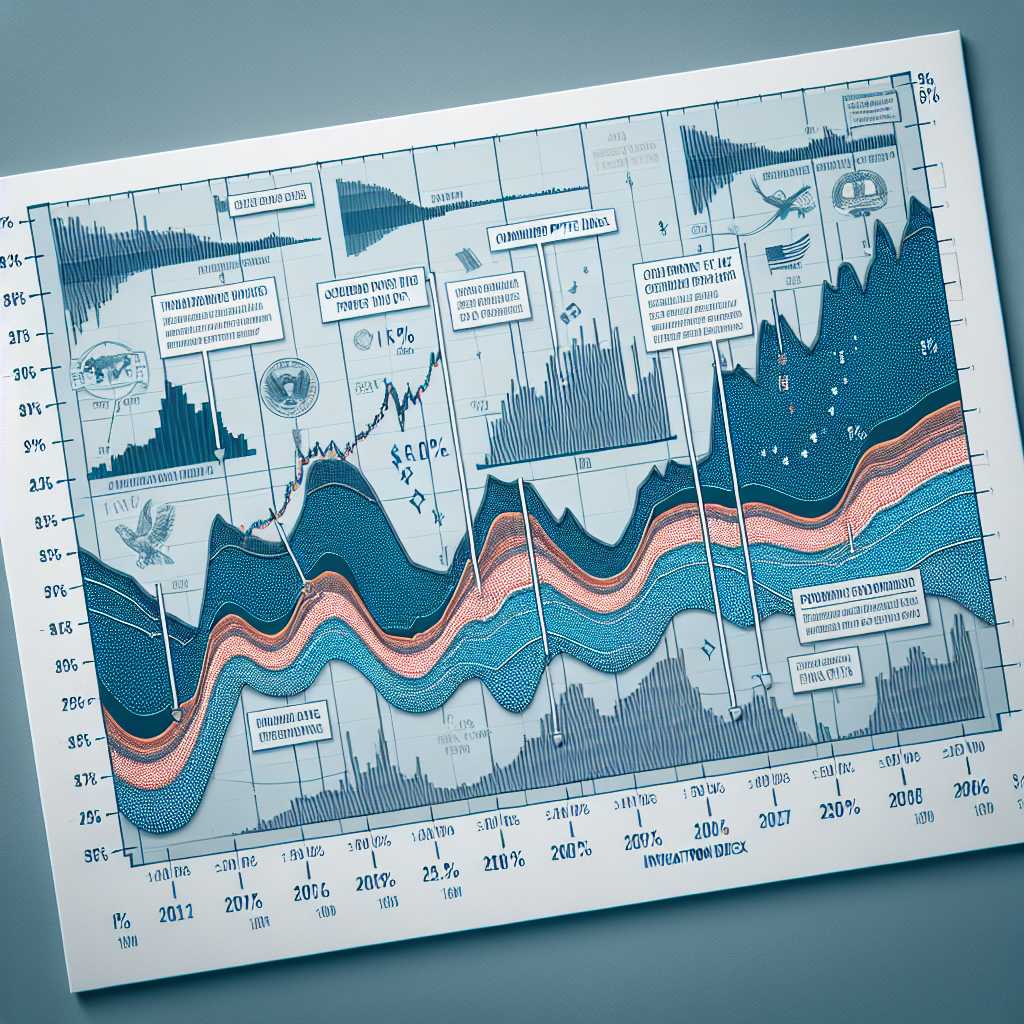Understanding the CPI Report: A Comprehensive Analysis
The Consumer Price Index (CPI) report is a crucial indicator of economic health, measuring the average change over time in the prices paid by urban consumers for a market basket of consumer goods and services. Due to its detailed coverage and wide use, the CPI report is an essential tool for policymakers, economists, and the public to assess inflation and to make informed financial decisions.
The CPI Report and its Significance in the Economy
The CPI report represents one of the most widely recognized measures of inflation. It reflects the cost to the average consumer of acquiring a basket of goods and services, which can include everything from housing, apparel, and transportation to medical care, education, and entertainment. This basket is reflective of what a typical household might purchase in a given month, and is updated periodically to account for changes in consumer habits.
Inflation tracked by the CPI has cascading effects across the economy. For instance, it can influence the purchasing power of consumers, wage negotiations, monetary policy adjustments by central banks (such as interest rate changes by the Federal Reserve), government benefit payments, and economic modeling forecasts.
Components and Calculation of the CPI Report
To calculate the CPI, data on prices is collected for a range of goods and services from numerous geographic locations across the country. Prices are then weighted to reflect their importance or share in the typical consumer’s expenditures. This methodology ensures that more significant items in most people’s budgets (like housing or personal transportation) have a greater impact on the overall index.
There are several versions of the CPI report, but two main indexes are commonly used:
1. CPI for All Urban Consumers (CPI-U): Covers approximately 93% of the total U.S. population and is widely used for cost-of-living adjustments.
2. CPI for Urban Wage Earners and Clerical Workers (CPI-W): Focuses on households earning more than half of income from clerical or wage occupations, with at least one of the earners employed for at least 37 weeks during the previous 12 months.
Another important distinction within the CPI is between ‘headline’ CPI, which includes more volatile food and energy prices, and ‘core’ CPI, which excludes these categories as their prices can fluctuate widely due to factors like seasonal changes or geopolitical events that might not be indicative of broad economic trends.
Interpreting Fluctuations in the CPI Report
Economic stakeholders keenly observe changes in monthly and annual CPI data to gauge inflationary trends. Rising CPI signifies an increase in inflation which can erode consumer purchasing power if incomes do not keep pace with rising costs. Alternatively, deflation—or a falling CPI—can indicate weaker consumer demand and can lead to economic slowdowns or recessions.
Implications for Monetary Policy and Economic Decision Making
Central banks use the CPI as a key metric when setting monetary policy. In general, if inflation as indicated by rising CPI rates goes above a certain target typically set by these banks (inflation targeting), they may raise interest rates to cool off spending and borrowing. Conversely, if inflation falls below target or deflation sets in, they may lower rates to stimulate economic activity.
Similarly, businesses use CPI when planning for price adjustments or wage negotiations. Governments utilize CPI data for adjusting tax brackets, government benefits, and social security payments. Hence, shifts reflected in CPI reports can have widespread implications across various sectors.
Global Perspective on Consumer Price Index Reports
While this discussion thus far has focused on the US CPI report, many other countries produce their own versions of consumer price indices. These reports similarly aim to measure inflation and inform policy making within those economies.
